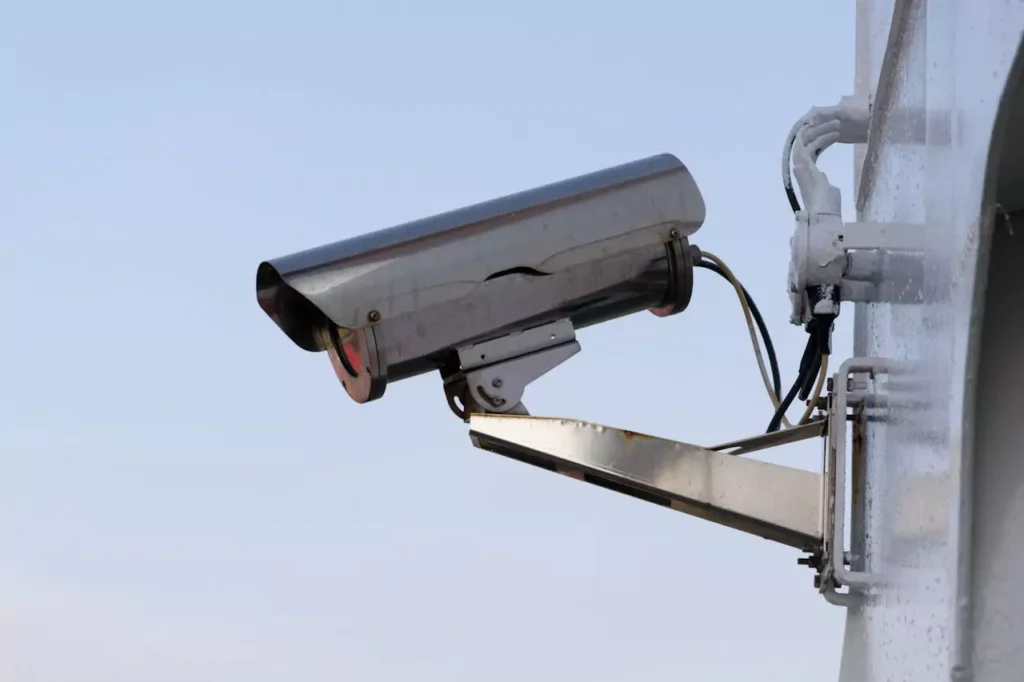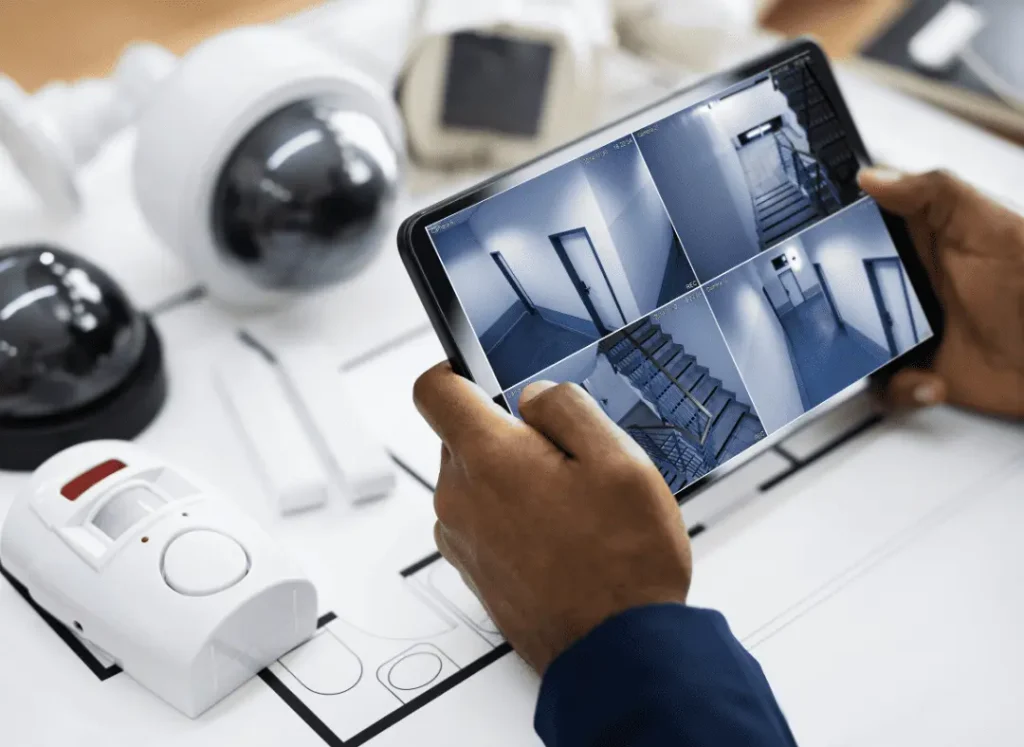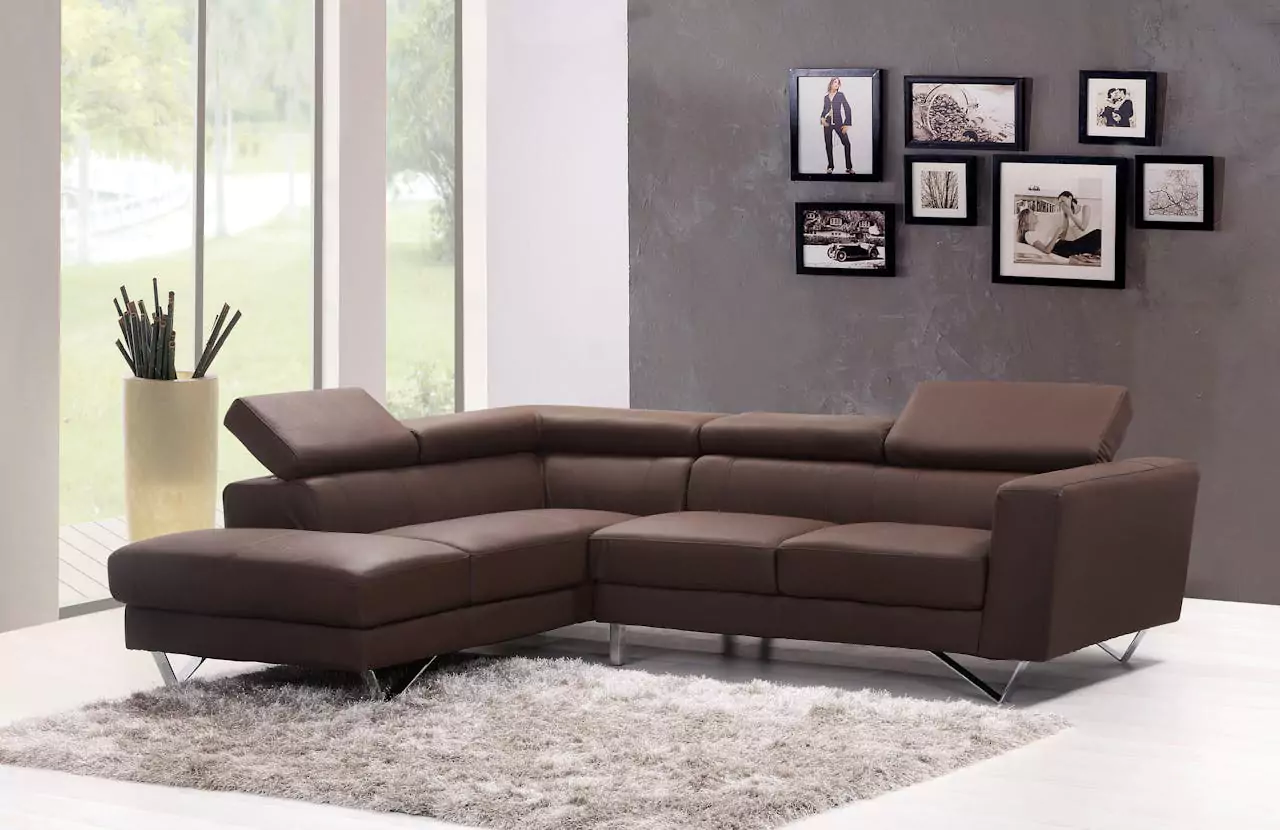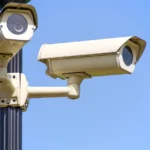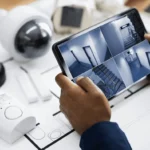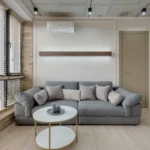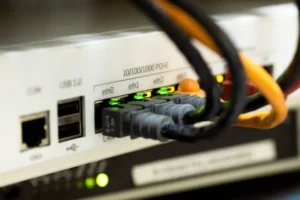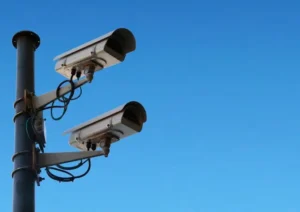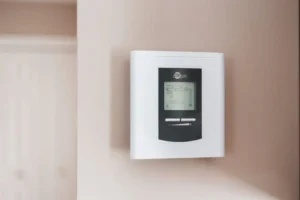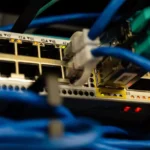Now Reading: The Ultimate Home Outdoor Security Camera Buying Guide
- 01
The Ultimate Home Outdoor Security Camera Buying Guide
- Home
- Yard & Outdoors
- The Ultimate Home Outdoor Security Camera Buying Guide
The Ultimate Home Outdoor Security Camera Buying Guide
![]() Anne MaddisonHome Security, Yard & OutdoorsAugust 9, 2025100 Views
Anne MaddisonHome Security, Yard & OutdoorsAugust 9, 2025100 Views
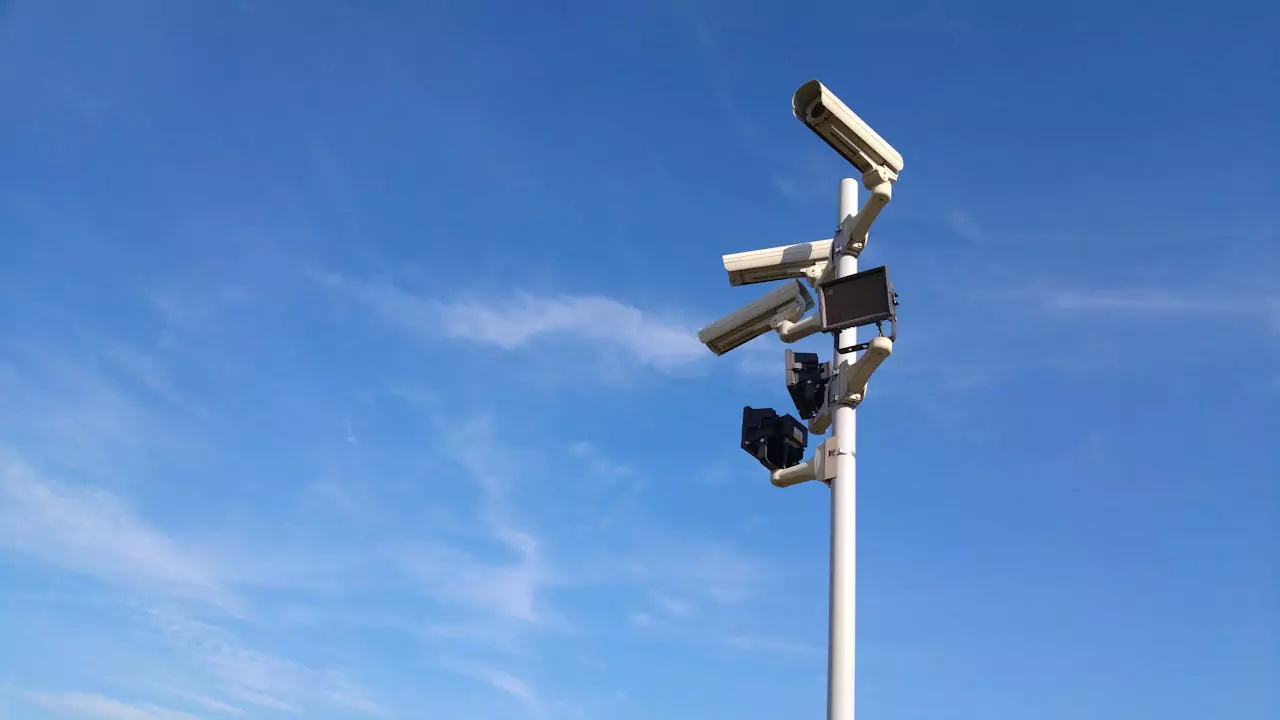
If you’re thinking about making your home safer, adding outdoor security cameras is one of the smartest steps you can take. These cameras do more than just record what’s happening outside. They help you feel more in control of your surroundings. Whether you’re at work, on vacation, or simply inside your house, knowing that you can check what’s going on around your property brings peace of mind.
Over the past few years, outdoor security cameras have become more advanced and easier to install. You no longer need to deal with wires or hire someone to get the job done. Today, you can choose from a wide range of options like solar-powered cameras that don’t need constant charging, floodlight cameras that light up the night when motion is detected, and wireless cameras that connect straight to your Wi-Fi. With so many choices out there, it can get confusing to pick the right one for your home.
That’s exactly why this guide exists. We’ll walk you through the most common types of outdoor cameras, what makes each one special, and how to figure out which one fits your needs best. By the end of this post, you’ll feel confident in choosing a security camera setup that actually works for you and your home.
Why You Need an Outdoor Security Camera
Outdoor security cameras do a lot more than just record video. They help protect your home and give you peace of mind, whether you’re there or not. These small devices can make a big difference in how safe you feel every day.
First, they help prevent theft, trespassing, and package stealing. If someone sees a camera on your property, they’re less likely to do anything suspicious. Criminals don’t want to get caught, so just having a camera visible can make them think twice before coming near your home.
Outdoor cameras also act as a warning system. Many of them come with motion detection and real-time alerts. That means if someone steps onto your driveway or porch, you’ll get a notification on your phone right away. You can even watch a live video feed from wherever you are. Whether you’re at work or out of town, you can still keep an eye on your house with just a few taps on your phone.
And finally, having a camera outside simply gives you peace of mind. You’ll know what’s going on around your property at all times. Even if nothing ever happens, it’s nice to feel prepared. It’s one of those things that helps you sleep a little better at night.
Key Features to Look for in Outdoor Cameras
Not all outdoor security cameras are built the same. Some have basic features, while others are packed with smart technology. Before you buy one, it’s important to know what features actually matter and how they can help keep your home safe.
- Weatherproof Rating
Your outdoor camera has to survive the weather. Look for something with at least an IP65 rating. That means it can handle rain, dust, and even some snow. If you live somewhere with tough weather conditions, don’t skip this feature.
- Night Vision or Color Night Vision
Most things happen when it’s dark. That’s why night vision is a must. Basic night vision gives you black-and-white video, but some cameras now offer color night vision for better detail. The clearer the footage, the easier it is to see faces or license plates.
- Motion Detection and Smart Alerts
A good camera knows when something’s happening. Motion detection picks up movement and sends you an alert. The smarter ones can tell the difference between a person, a car, or just a branch blowing in the wind. This helps cut down on false alarms.
- App Control and Storage Options
You’ll want to view your camera from your phone. Almost all modern outdoor cameras come with an app so you can check live video, get alerts, and review past footage. For storage, some cameras save videos to the cloud, others use a memory card. Some let you choose between the two.
- Two-Way Audio
This lets you talk to whoever’s outside. It’s helpful if you want to scare off a stranger or just tell a delivery driver where to leave a package. You can hear them and they can hear you—just like a walkie-talkie.
- Field of View and Image Quality
The wider the field of view, the more your camera can see. A good range is between 120 to 160 degrees. You’ll also want high video quality. Look for 1080p or better so the video is clear enough to actually be useful.
- Power Source: Wired, Battery, or Solar
Some cameras need to be plugged in, while others run on batteries or even solar power. Wired ones don’t need charging but must be near an outlet. Battery-powered ones are flexible but need recharging. Solar-powered ones are great for places where running wires isn’t easy.
- No Subscription vs Paid Plans
Some cameras offer free storage, while others charge a monthly fee to save video clips. Make sure you check this before you buy. If you don’t want to pay extra each month, look for models with free local storage or basic cloud options.
Types of Outdoor Home Security Cameras
Choosing the right outdoor security camera depends a lot on where you want to place it, what features matter most to you, and how much maintenance you’re okay with. Below are the main types of cameras you’ll come across, along with what they’re best for and the pros and cons of each.
1. Solar-Powered Outdoor Cameras
Solar-powered outdoor cameras are great for people who want a low-maintenance option that doesn’t rely on wiring or constant battery changes. These cameras use sunlight to charge a built-in battery, so once they’re installed, you don’t have to think about them much.
They’re especially useful in places where it’s hard to run power cables, like large backyards, fences, or even remote areas like barns or cabins. The main benefit is that they’re eco-friendly and cost very little to maintain. But to work well, they need direct sunlight most of the day. If your chosen spot gets a lot of shade, these might not perform as reliably. Still, for many homeowners, solar cameras offer a smart and simple solution.

2. Wireless Battery-Powered Cameras
If you don’t want to deal with wires or you’re renting your home, wireless battery-powered cameras are a solid choice. These cameras run on rechargeable batteries and connect to your home Wi-Fi, making installation fast and easy. You can also move them around if needed, which is helpful if you’re not sure where you want to place them long-term. The only catch is that you’ll need to recharge or replace the batteries every few weeks or months, depending on how often the camera records.
These are perfect for areas without nearby outlets, like sheds or garages, and for people who want flexibility without drilling holes.

If you’re wondering about the risks or limitations of going fully wireless, read our full guide on wireless security camera concerns.
3. Wired Outdoor Security Cameras
Wired outdoor cameras are known for their reliability and steady power supply. Because they’re connected to your electrical system, you never have to worry about charging batteries or losing power. Many wired cameras also offer higher-quality video and the option to record continuously, which some homeowners prefer for better coverage. However, installation can take more time, and you might need to hire someone or go the DIY route with extra tools and cables.
These cameras are best suited for permanent setups or larger homes where you want long-term protection with fewer interruptions.

4. Floodlight Security Cameras
Floodlight cameras combine a motion-activated light and a security camera into one unit. When someone walks into the camera’s range, the light turns on and the camera starts recording. This combination works well as a strong visual deterrent, especially at night. Most floodlight cameras also send you alerts on your phone and let you view live footage through an app.
These are great for outdoor spaces like driveways, side yards, or back gates—anywhere someone might try to sneak in under the cover of darkness. Keep in mind, you’ll usually need a wired power source for the light to function properly.

5. Pan and Tilt Cameras
Pan and tilt cameras are built to rotate and tilt so they can cover a wider area than a fixed camera. Some even offer a full 360-degree view, depending on the model. You can usually control the direction of the camera through your phone, which lets you check different parts of your property from anywhere.
This makes them ideal for front porches, wide backyards, or large driveways. They’re especially useful if you don’t want to install multiple cameras. Some versions are wired, while others are battery-powered, so you can choose based on how permanent you want the setup to be.

6. Doorbell Cameras
Doorbell cameras might not be traditional outdoor cameras, but they still play a big role in home security. Mounted near your front door, they let you see who’s at the door, talk to visitors, and even track package deliveries. Most have motion detection and will send alerts straight to your phone if someone walks up.
They work well on their own or as part of a larger camera system. If you’re mostly worried about front-door activity, a video doorbell is one of the best tools you can have.
Where to Place Your Outdoor Cameras
Knowing where to install your cameras is just as important as choosing the right model. Here’s a practical overview of the key spots around your home and why each one matters:
Front Door – This is the most common entry point for visitors, deliveries, and potential intruders. A camera here helps you see who’s at the door, monitor packages, and deter unwanted guests.
Back Door – Often less visible from the street, the back door is another common entry point. Covering it gives you extra protection where intruders might try to sneak in.
Driveway or Garage – Cameras here help protect vehicles, tools, and outdoor equipment. If your garage has a side door or back entrance, it’s worth monitoring too.
Side Gates or Alleyways – These are common access points for people trying to avoid detection. Covering them can eliminate blind spots around your home.
Backyard or Garden Area – Even if you don’t have valuables in your yard, a camera here provides extra peace of mind and can capture movement around your home’s perimeter.
If you want a more detailed breakdown of where to place outdoor home security cameras, we’ve covered that in our full camera placement guide.
Tips for Choosing the Right Camera for Your Home
Before buying, take a few minutes to think through what you really need. Not every camera fits every home, and the right setup can save you time, money, and frustration later.
Start with your layout and budget
Look at your property size, the number of entry points, and the spaces you want to monitor. A small home might only need one or two cameras. Larger homes could require a more complete system. Your budget will help guide your choice between basic and feature-rich models.
Decide between 24/7 recording or motion-triggered alerts
Some cameras record nonstop while others only activate when motion is detected. If you want access to full video from any time of day, choose 24/7 recording. If you’re more focused on key moments and instant alerts, motion-based recording may be enough.
Check lighting conditions and Wi-Fi coverage
Poor lighting or weak Wi-Fi can affect camera performance. Make sure the areas you want to monitor have enough light or choose a camera with night vision or built-in spotlights. Test your Wi-Fi strength in those spots before installing.
Think about subscriptions and storage
Some cameras require a monthly fee for cloud storage or smart features. Others offer free basic plans or local storage with an SD card. Check what’s included so you can avoid surprise costs.
One camera or a full security setup?
If you only want to monitor one spot, a single camera may be enough. For wider coverage or home automation features, a multi-camera system with a central app might be a better choice.
Choose your power source wisely
Plug-in cameras provide consistent power but need to be near an outlet. Battery-powered or solar models offer more flexible placement, especially outdoors, but need regular checks or charging.
Taking time to plan helps you choose a camera system that fits your home and lifestyle without overpaying or overcomplicating it.
Final Thoughts
There’s no one-size-fits-all when it comes to outdoor home security cameras. The best choice depends on your property layout, daily routine, and what you want to monitor.Think beyond the first purchase. Consider long-term factors like build quality, software updates, customer support, and whether you’ll need to pay for extra features or storage later on.
With the right camera, you gain more than just video footage. You get peace of mind, better awareness of what’s happening at home, and a stronger sense of control over your space.
Some of the links on this site are affiliate links. This means I may earn a small commission if you buy through them, at no extra cost to you. I only recommend products I truly believe in and think will add value to you.
Related Posts
Previous Post
Next Post
Home AppliancesJuly 28, 2025
Can Air Conditioner Make You Sick?
Home AppliancesJuly 27, 2025
What Air Conditioner Size Do I Need?
Home AppliancesAugust 24, 2025
Are Home Air Conditioner Tune Ups Necessary
Climate ControlAugust 23, 2025
Can Air Conditioning at Home Trigger Asthma?
- 03
Home AppliancesJuly 28, 2025
Can Air Conditioner Make You Sick?
- 04
Home AppliancesJuly 27, 2025
What Air Conditioner Size Do I Need?



